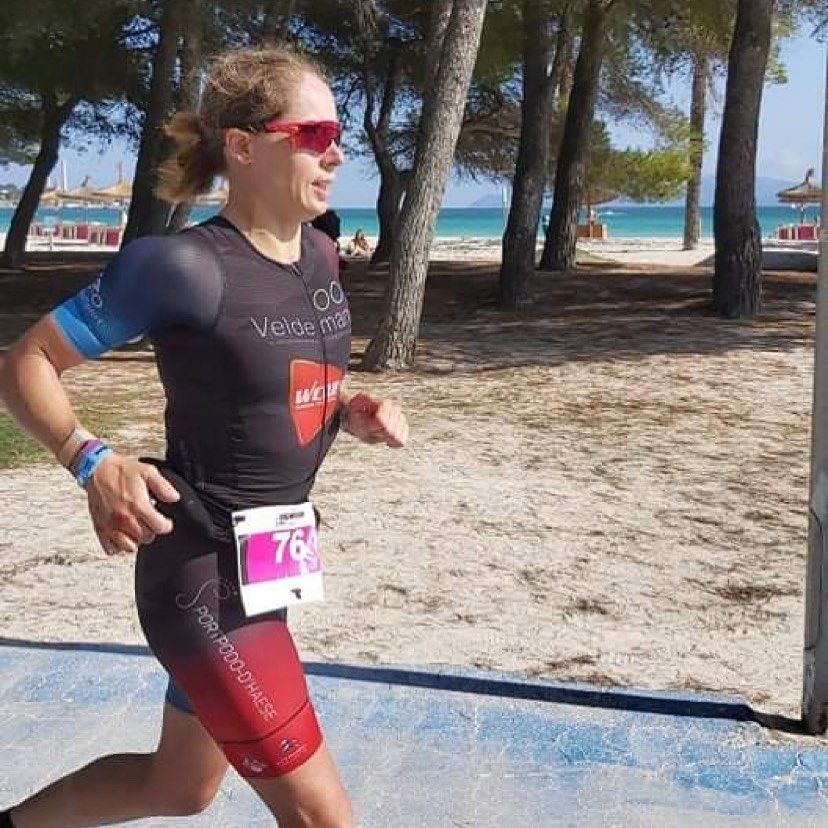
Can women compete with men in running?
Join us in an exploration of running data from the Finse Piste in Leuven to uncover both differences and similarities between men and women in amateur running and find out whether a fair competition between the sexes is possible.


